START-UP:
- Activate each engine with full throttle with 1,2, & 3 activators. ALL 3 engines need to be running for successful flights.
- Increase pitch of blades with the VTOL slider down until you get light on the wheels.
-There will be a forward dip as you increase collective pitch because of the trim, but hold your attitude and slowly gain forward speed. The helicopter does have retractable gear.
AUTO-ROTATION:
This helicopter is capable of executing auto-rotations. You will need to have either some altitude and/or airspeed to perform the maneuver successfully. After shutting down the engines, immediately move the VTOL slider to center so that the blades can regain their RPM and allow you to "float" to the ground. Use small controlled inputs to adjust the descent profile and utilize your rotor RPM to allow for a safe landing. The descent MPH will be around 100-120 MPH to allow for proper flaring and soft touchdown. Zero/Zero (0 Airspeed/0 Altitude) touchdowns are possible but a run-on landing is much easier to execute.
CHALLENGE:
See if you are able to land on the carrier, either power on/off auto-rotation. You will have to land on one of the far sides to clear your rotor blades but it is possible to do and quite rewarding when accomplished.
NOTES:
This helicopter uses a coaxial blade head, but utilizes RCN's to control pitch, yaw, and roll. A fully movable head to control those movements is in the works, but it's not as finely tuned as using RCN's. It is capable of landing on the water. The balance has been trimmed a bit to be nose heavy to allow for forward flight around 30-40 MPH without having to use any forward pitch. You can adjust the weight a bit to get it to where you feel comfortable, but it's pretty stable at speeds up to 75 MPH.
The 3 engines are mapped out to ACT1, ACT2, and ACT3 so that you can do some engine out scenarios. It does require all engines to perform well, but can run on two.
CAUTION: Max collective pitch on blades will stall them out, thus producing no lift, and causing a roll to the left.
CAUTION: When flying, try not to run out of fuel. The RCN's rely on your fuel load and if you do run out, you will be at the will of drag and rotor forces.
Specifications
Spotlights
- This craft has been featured
General Characteristics
- Successors 6 airplane(s) +41 bonus
- Created On Android
- Wingspan 63.7ft (19.4m)
- Length 63.7ft (19.4m)
- Height 12.0ft (3.7m)
- Empty Weight 13,415lbs (6,085kg)
- Loaded Weight 23,784lbs (10,788kg)
Performance
- Power/Weight Ratio 1.7
- Wing Loading 28.9lbs/ft2 (141.0kg/m2)
- Wing Area 823.4ft2 (76.5m2)
- Drag Points 8548
Parts
- Number of Parts 156
- Control Surfaces 0
- Performance Cost 649

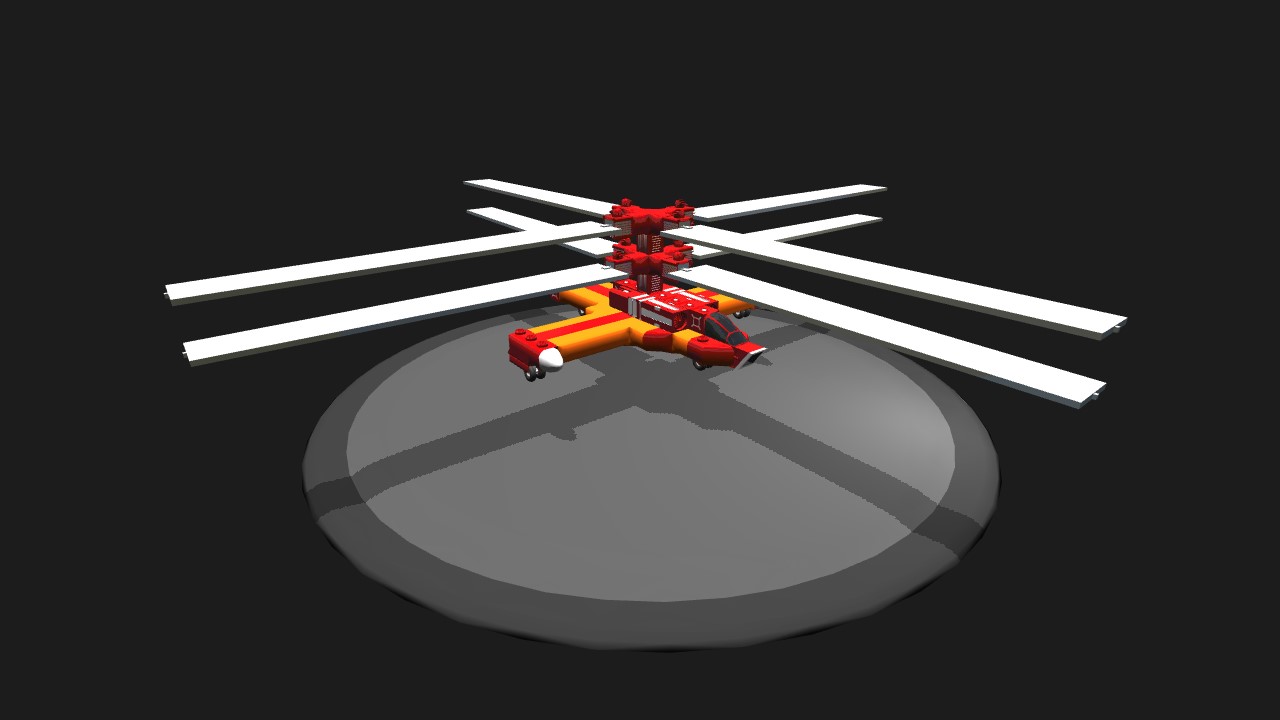
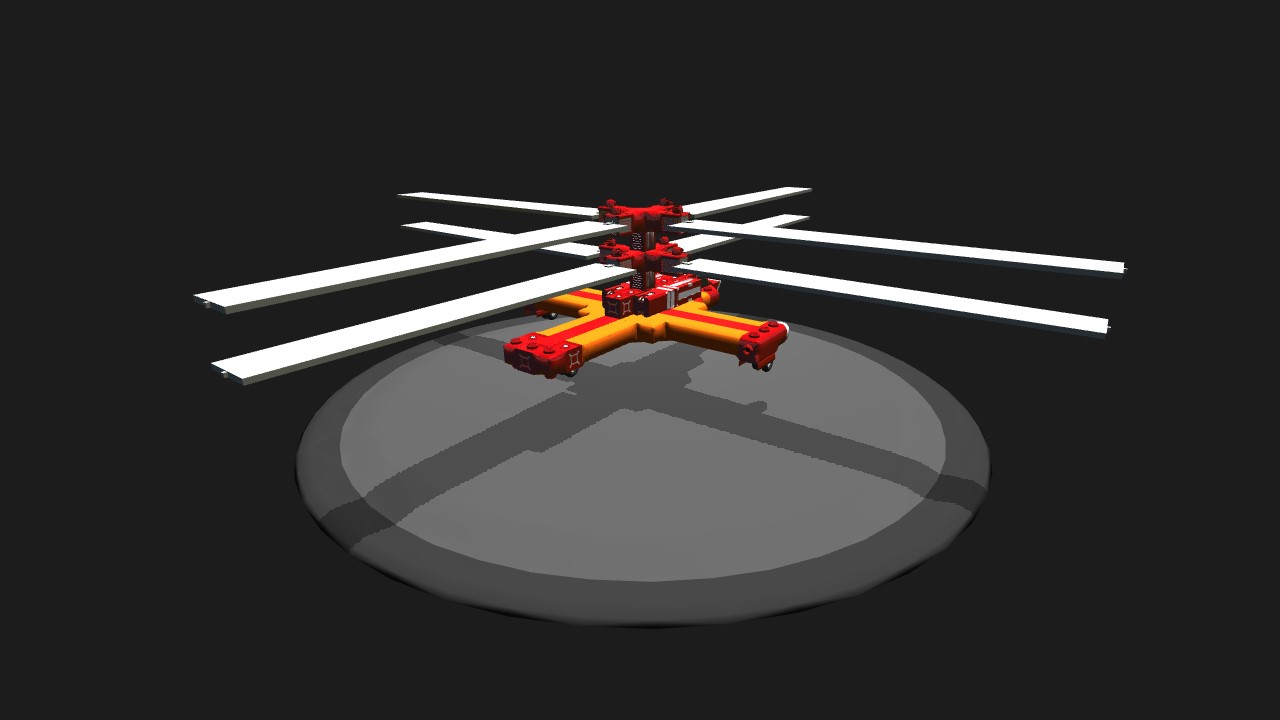
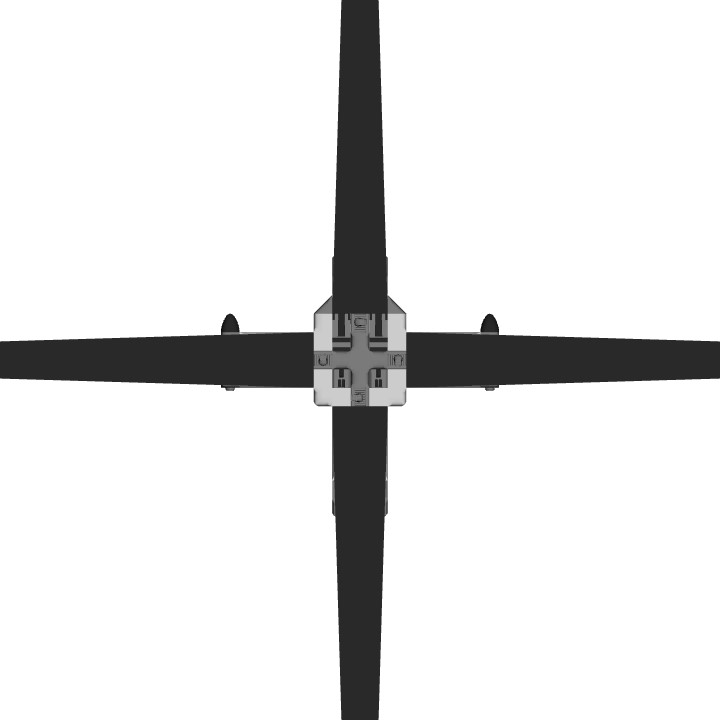
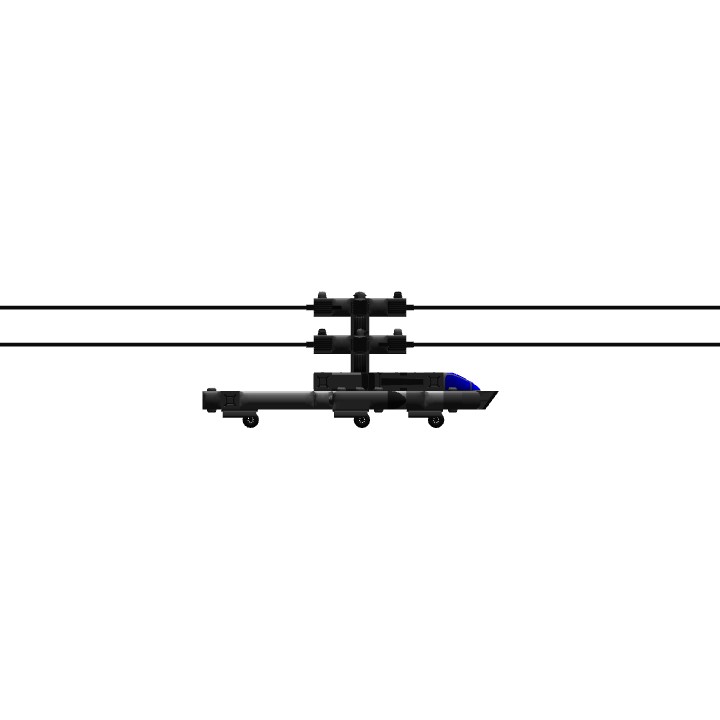
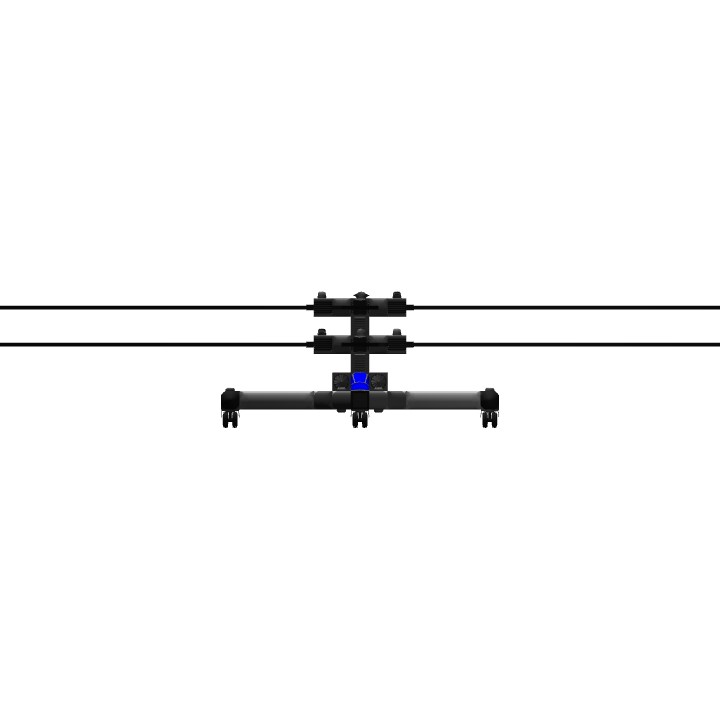
I have a new version of this comeing out soon :) I know this one is a bit dated, I remembered this one and that it was VERY well ballanced. I hope you dont mind me useing it as a base. :)